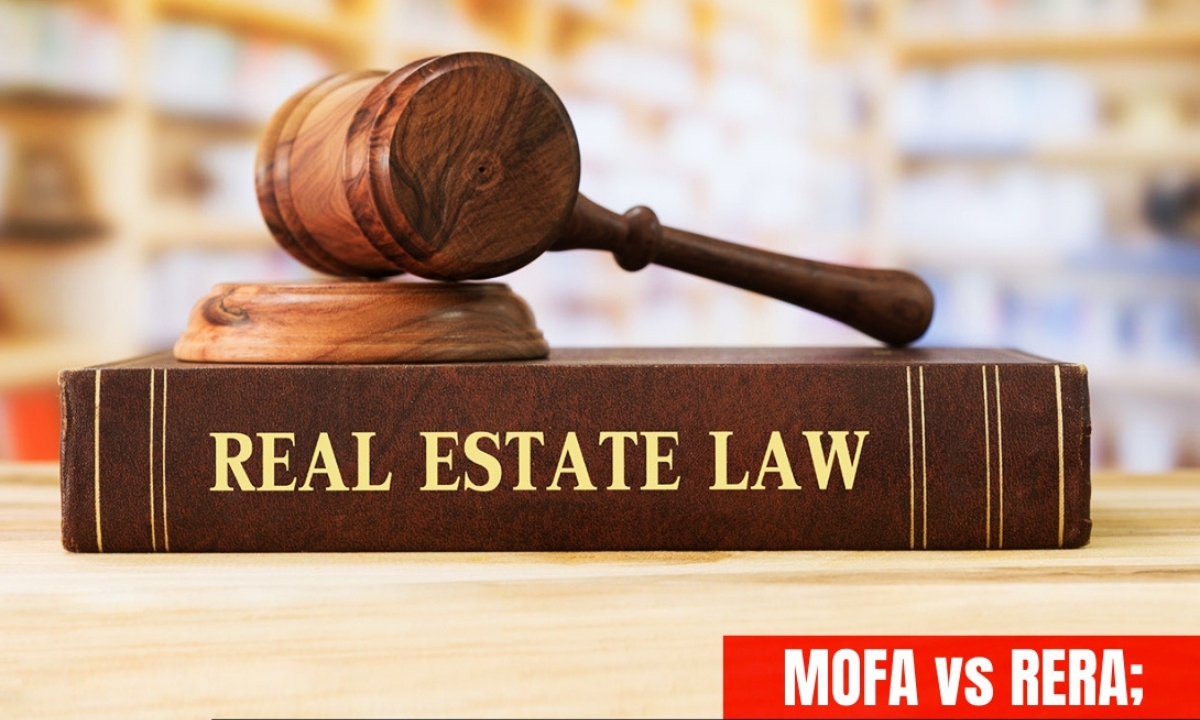In the labyrinth of real estate jargon, two terms often emerge as enigmatic entities: MOFA Carpet Area and RERA Carpet Area. These terms, while seemingly similar, carry distinct nuances that can significantly impact your real estate investment journey. Let’s embark on a journey to demystify these terms, understand their disparities, and illuminate their relevance in the realm of property acquisition.
Delving deeper into Chennai’s real estate landscape unveils a diverse array of opportunities, from upscale urban dwellings to expansive developments like Hiranandani Parks in Oragadam. As investors navigate through these choices, understanding the nuances of regulatory standards becomes paramount. Oragadam Township, with its burgeoning infrastructure and strategic location, exemplifies the evolving nature of real estate in Chennai, prompting investors to stay abreast of MOFA and RERA regulations to make informed decisions.
Deciphering MOFA Carpet Area
MOFA, the Maharashtra Ownership of Flats Act, 1963, serves as a legislative cornerstone governing property transactions in Maharashtra, India. Within its provisions lies the concept of the “Carpet Area.” The MOFA Carpet Area refers to the area within the walls of an apartment, inclusive of the balcony and veranda, but excluding the thickness of inner walls. Essentially, it encapsulates the usable living space within a property, providing a tangible metric for assessing its spatial dimensions.
Unveiling RERA Carpet Area
Contrastingly, the Real Estate (Regulation and Development) Act, 2016 (RERA) heralded a new era of transparency and accountability in the Indian real estate sector. RERA introduced standardized guidelines to safeguard the interests of homebuyers, with one such guideline delineating the concept of the RERA Carpet Area. Unlike its MOFA counterpart, the RERA Carpet Area delves deeper into precision, encompassing the net usable floor area within the walls of an apartment, while excluding common areas like corridors, lifts, and staircases.
Bridging the Divide
While both MOFA and RERA Carpet Areas aim to quantify the livable space within a property, their variance lies in the inclusivity of certain elements and the precision of measurement. MOFA, rooted in an earlier era, offers a broader perspective, considering balconies and verandas within its ambit. Conversely, RERA adopts a more refined approach, focusing solely on the internal livable space, thereby eliminating any ambiguity regarding what constitutes the actual area available for habitation.
The Implications for Homebuyers
Understanding the disparities between MOFA and RERA Carpet Areas is paramount for prospective homebuyers navigating the intricate landscape of property acquisition. The choice between the two metrics can significantly influence not only the perceived value of a property but also its practical suitability for individual needs and preferences. While MOFA may provide a more encompassing view of the property’s spatial layout, RERA offers a more precise delineation of the actual living space, empowering buyers to make informed decisions aligned with their requirements.
Navigating Legal Frameworks
Beyond the spatial considerations, the distinction between MOFA and RERA Carpet Areas carries legal ramifications that warrant careful consideration. Adhering to RERA guidelines ensures compliance with standardized regulations, protecting buyers from potential disputes and ensuring transparency in property transactions. Conversely, reliance solely on MOFA Carpet Area measurements may lead to discrepancies and legal challenges, highlighting the importance of understanding and adhering to current regulatory frameworks.
Conclusion
In the tapestry of real estate terminology, the distinction between MOFA Carpet Area and RERA Carpet Area emerges as a crucial thread, weaving together clarity and comprehension for homebuyers. As legislative frameworks evolve to adapt to the dynamic landscape of property transactions, so too must our understanding of the terminology that underpins them. By unraveling the mysteries surrounding these terms, we equip ourselves with the knowledge necessary to navigate the complexities of real estate acquisition with confidence and conviction.
Frequently Asked Questions (FAQs)
Q: What factors should I consider when choosing between MOFA and RERA Carpet Areas?
When making this decision, consider your personal preferences regarding spatial utilization, as well as any specific requirements for balcony or veranda space.
Q: How does the inclusion of balconies and verandas impact the MOFA Carpet Area?
The inclusion of these spaces within the MOFA Carpet Area may inflate the overall area measurement, potentially affecting the perceived value of the property.
Q: Are there any legal ramifications associated with discrepancies between MOFA and RERA Carpet Areas?
While discrepancies may exist, adhering to RERA guidelines ensures compliance with standardized regulations, mitigating the risk of legal implications.
Q: Can I negotiate with developers regarding the inclusion of certain spaces within the Carpet Area?
It’s advisable to clarify such details during the negotiation phase, ensuring alignment with your expectations and the provisions outlined in relevant legal frameworks.
Q: How can I verify the accuracy of the stated Carpet Area in property listings?
Requesting detailed floor plans and documentation from developers, along with consulting legal experts or real estate professionals, can aid in verifying the accuracy of stated Carpet Areas.

